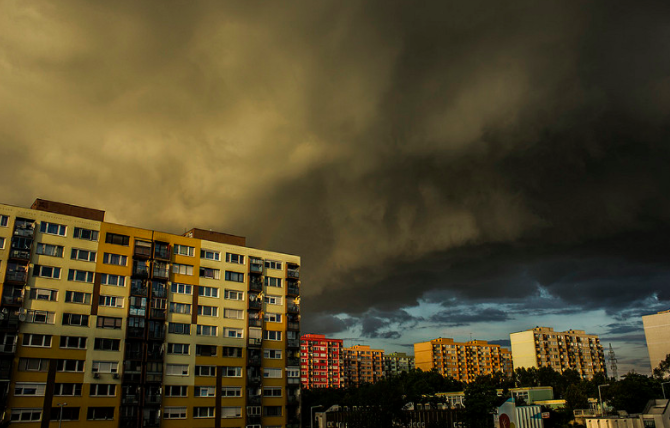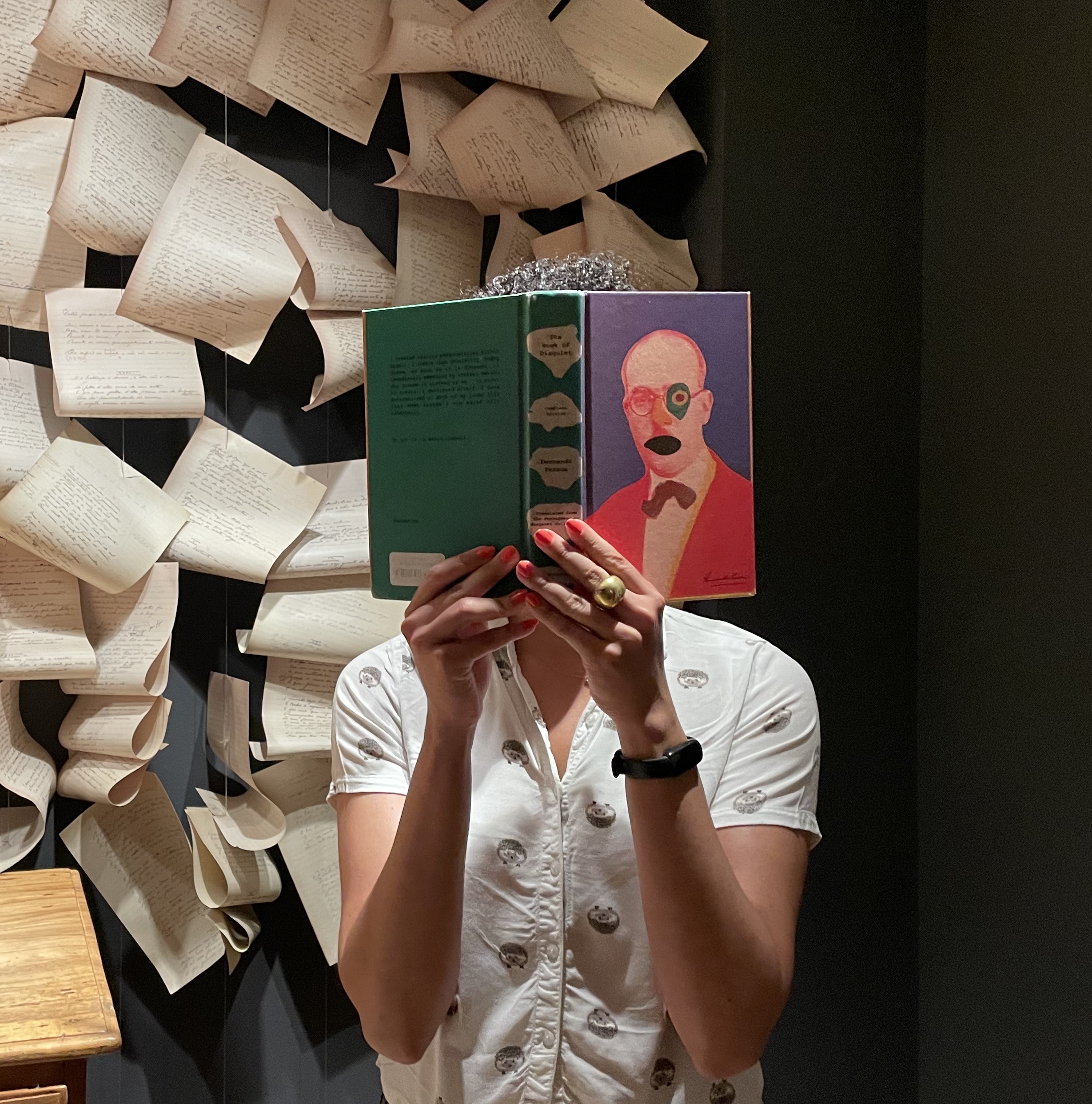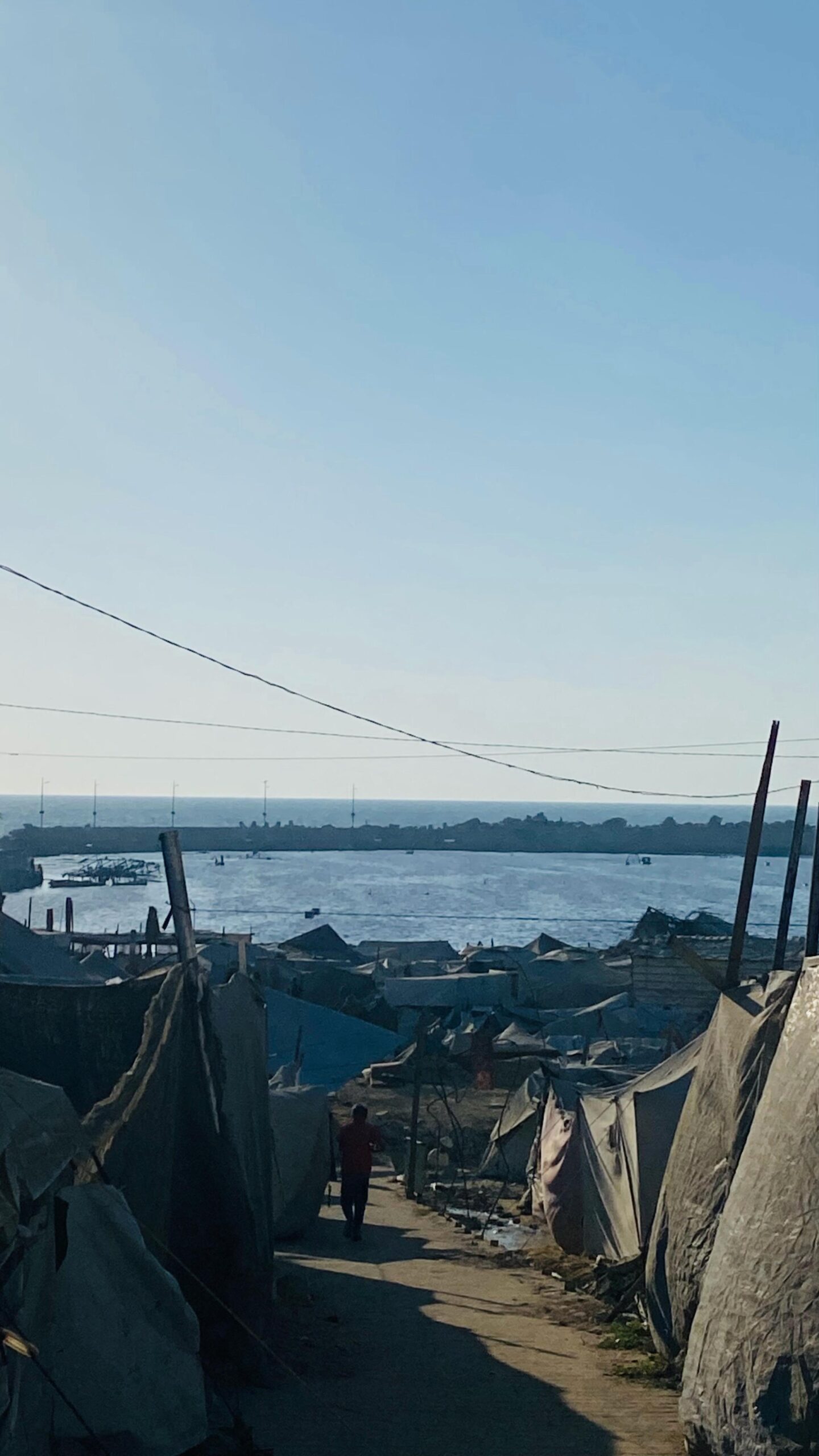Hall of Famer Frank Thomas, from 1990 to 2005,
hit 448 home runs over the fence for the White Sox
with the notorious Robert Taylor Homes standing just
beyond ballpark grounds across the Dan Ryan Expressway:
the high-rises, bruises against the city-flag-blue sky,
eyesores. When the last tower came down, I don’t remember
the president, the mayor or any other politician standing
in front of the rubble with a megaphone vowing to get
the ones who did this; incrimination isn’t done quite so
publicly here, plus a project is a project is a project.
Whenever folks rolled to Comiskey, they saw those towers
and thought of G-Baby from Hardball, comedic little black boy
baseball player shot outside a building that looked sort of
just like those; Keanu Reeves’s character was kind of torn up
about the whole thing. Good riddance!—their one Red Line
train of thought, tears in their blue and green eyes. Hood
riddance, too. As we drive past, I glimpse the ghost of my young
face in the car window, overlaying the empty lot with reflection.
It’s a place where many people died but many, many, many more
lived. Those are the folks I identify with: I know what it’s like
to live; I have no idea what it means to die—I guess I’m not black
in that way. I’m, as they say, “blessed and highly favored.”
Cortney Lamar Charleston is a Cave Canem Fellow and the author of Telepathologies (Saturnalia Books, 2017). His poems appear in Beloit Poetry Journal, Gulf Coast, New England Review, Poetry, River Styx, and elsewhere.




